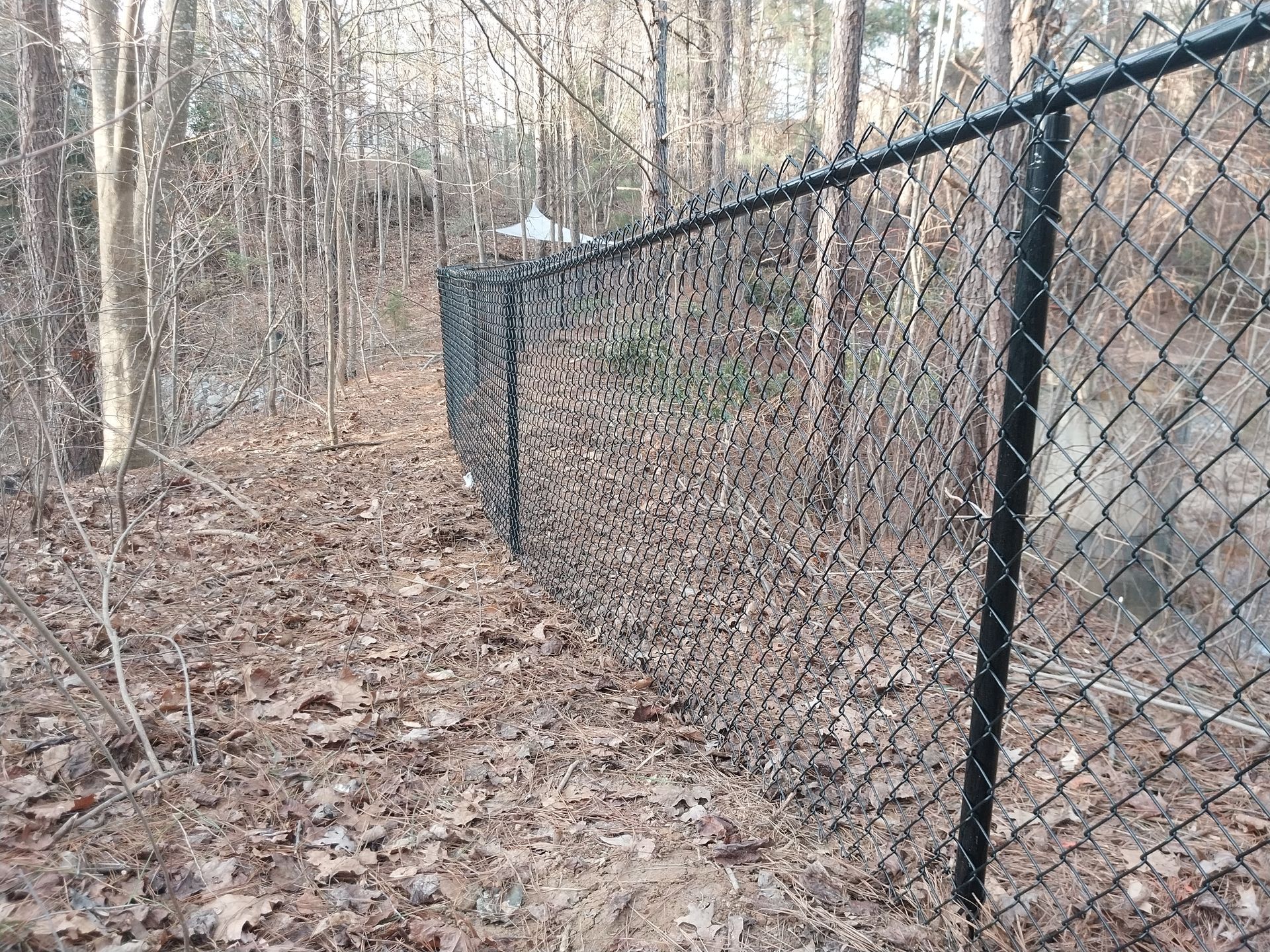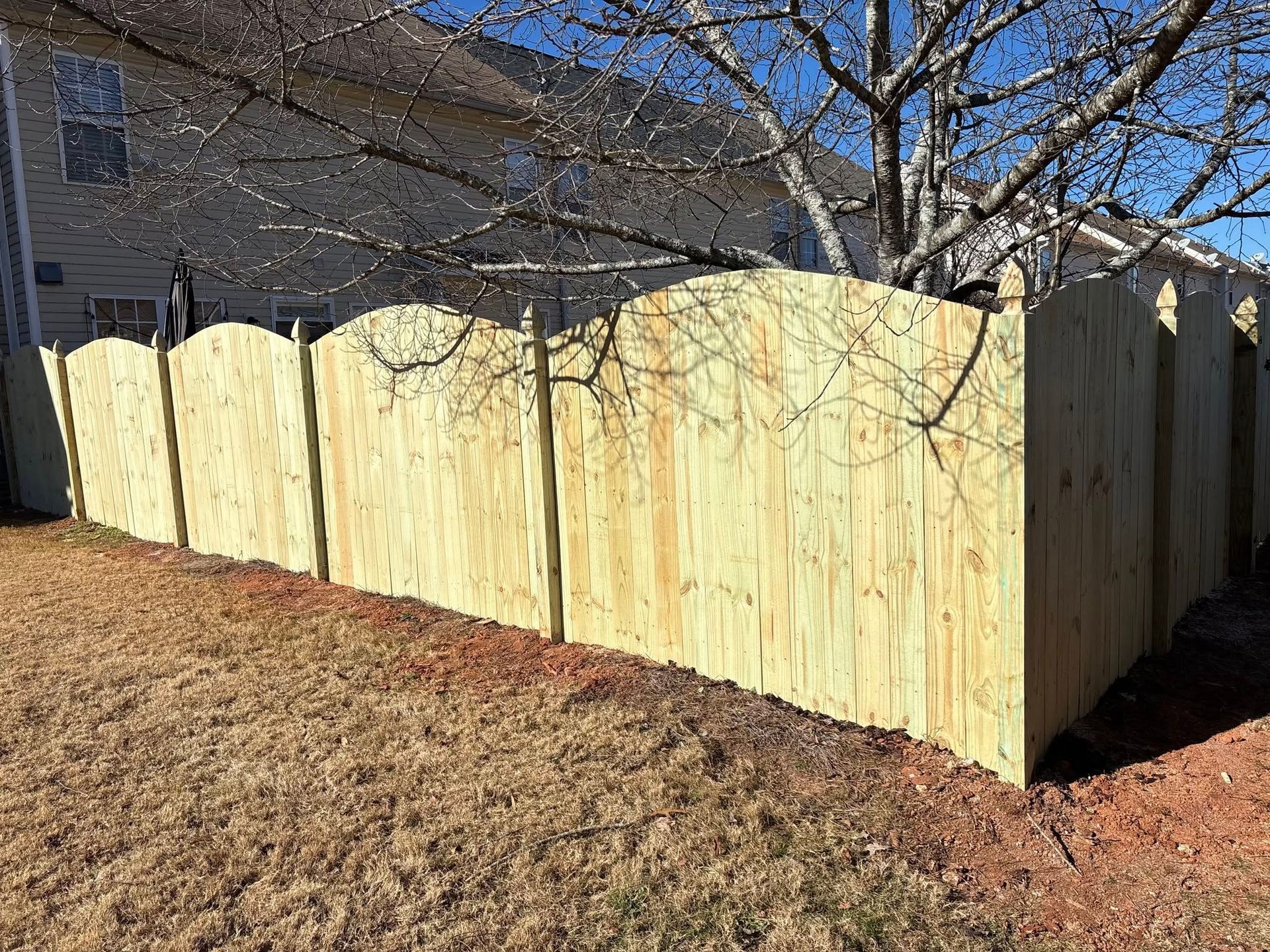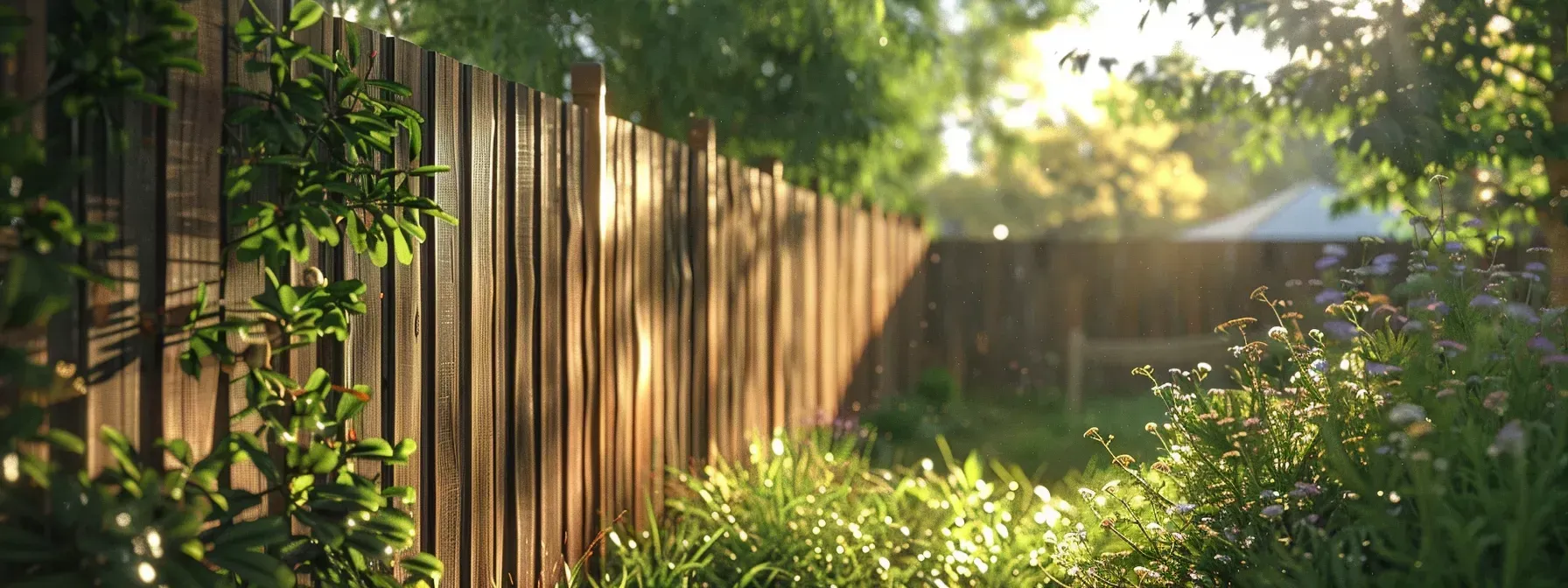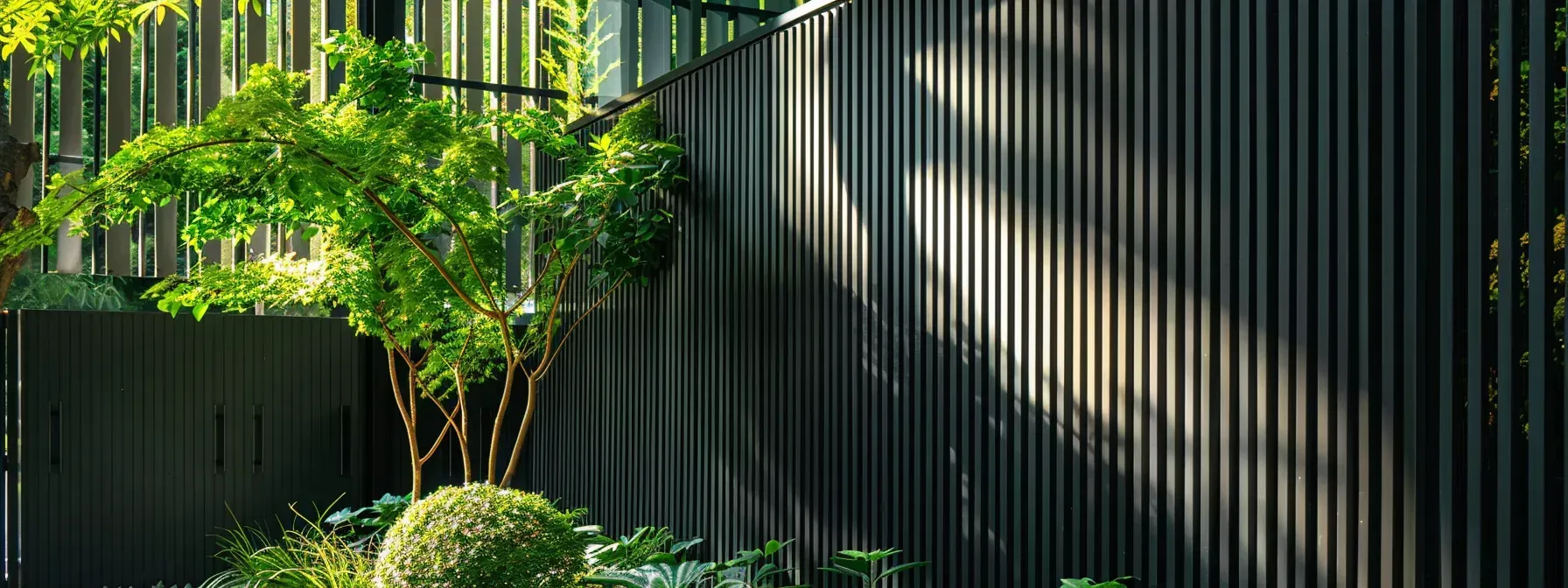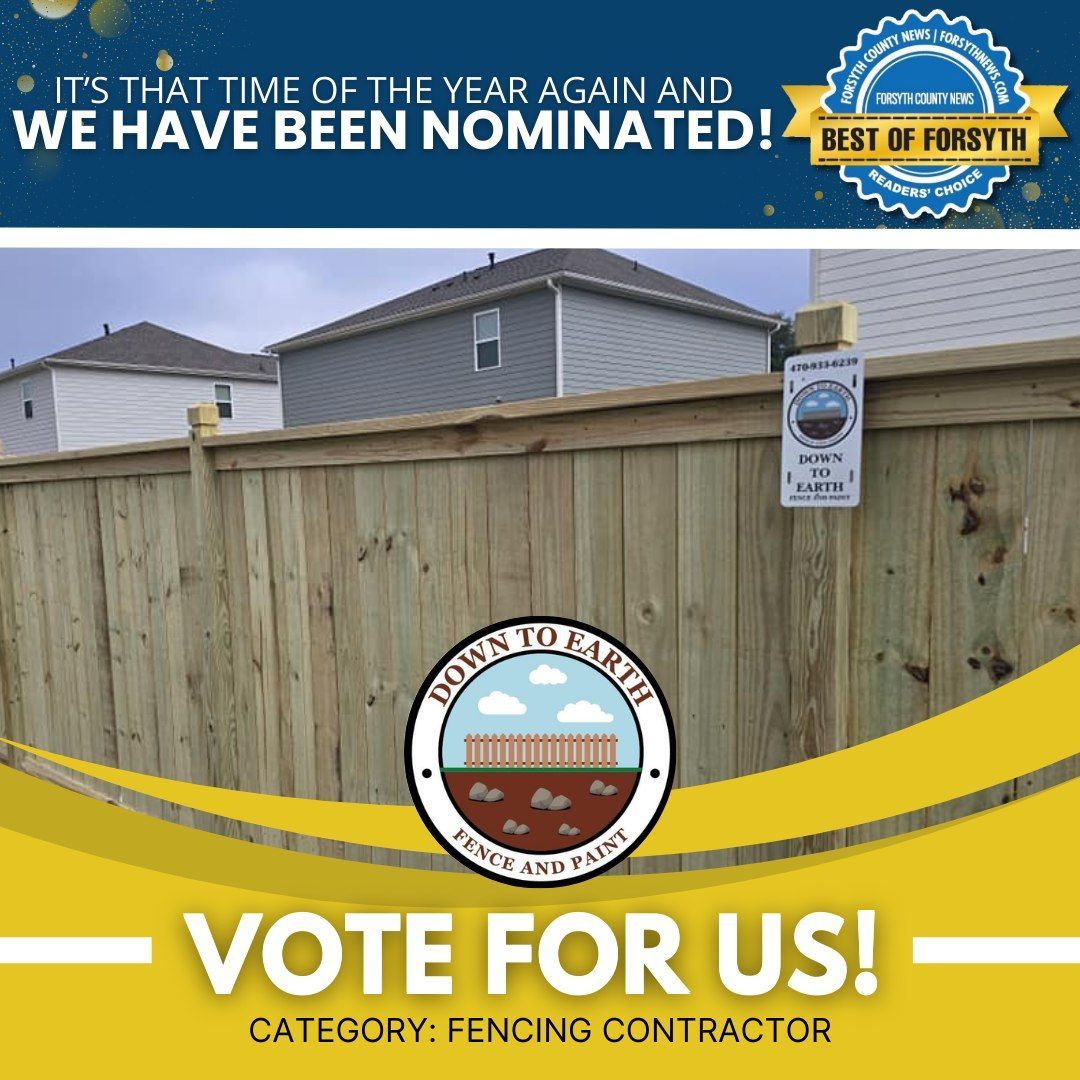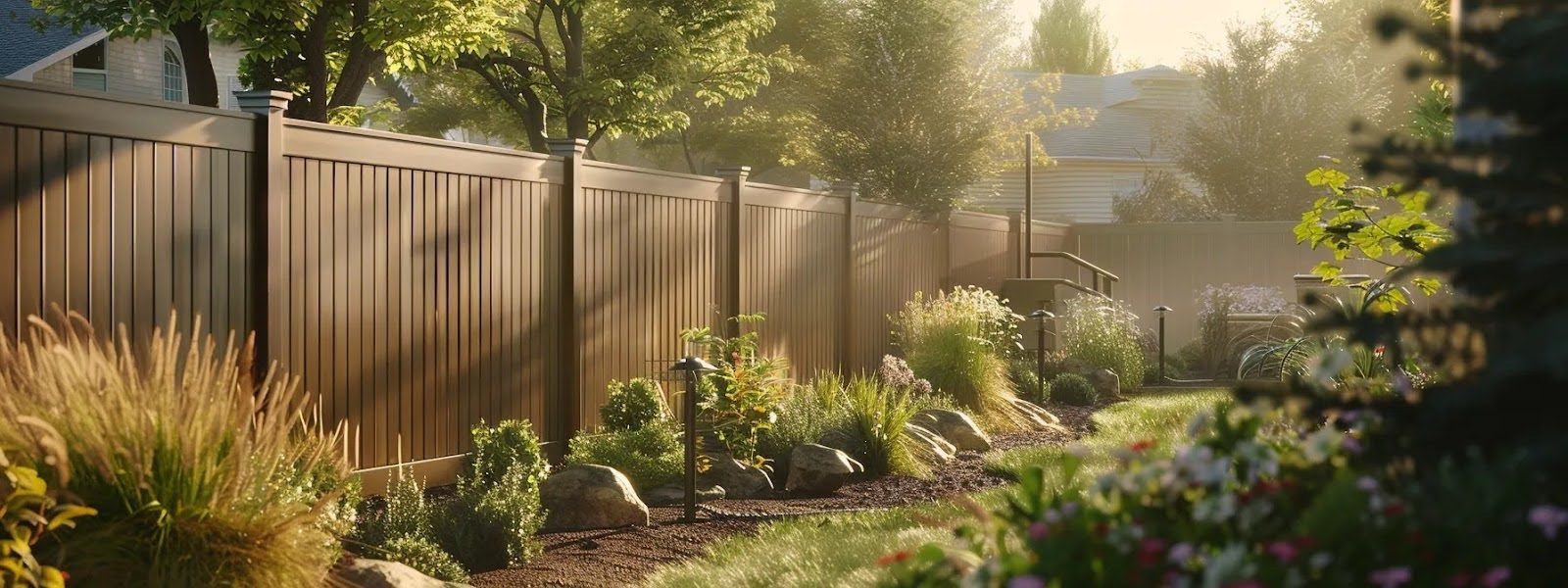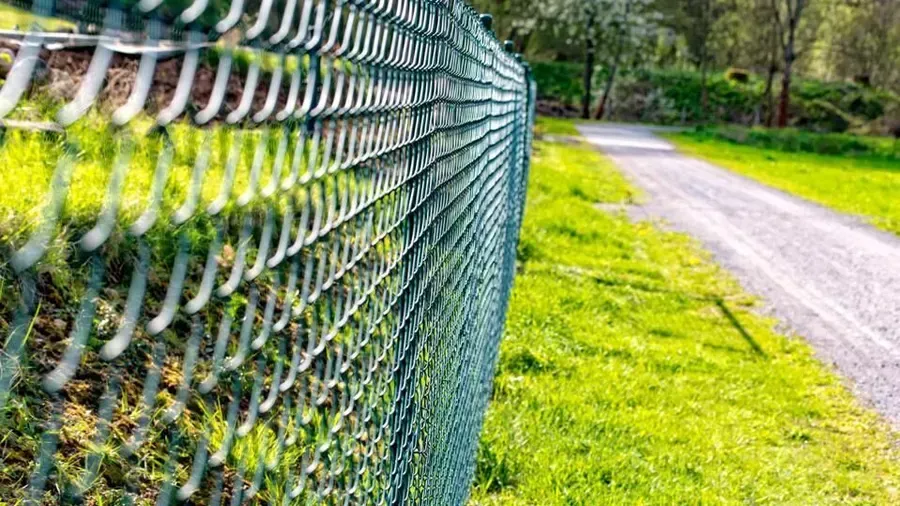April Is Fawning Season: Why Now Is the Best Time to Install a Deer Fence
Deer won't wait to destroy your landscape, so why wait to stop them?
You want your garden and property to thrive this spring, not become an open buffet for hungry wildlife. If you’ve noticed more deer wandering through your yard lately, it’s not your imagination.
Fawning season is here, and with it comes higher traffic, bolder behavior, and serious risk to your plants. In this guide, you'll learn why deer fence installation is best done in April, how deer behavior impacts your yard, and what steps to take before damage sets in.
What Happens During Fawning Season?
Understanding Deer Behavior in Spring
From mid-April through early June, deer give birth.
This period, known as fawning season, brings a wave of activity across North Georgia. Deer feed more aggressively to support nursing. They also move closer to human-populated areas where food is abundant and predators are fewer.
Fawns are hidden in tall grass or shrub beds while does graze. That means more deer staying longer in your yard.
Why Install a Fence in April Instead of Later?
Timing Is Everything
By late spring, deer already know where food is. If your yard becomes one of their stops, they’ll keep returning, even after you install a fence. Early fencing interrupts their routines before they form.
It’s easier to discourage deer from returning to a location before they’ve established a pattern of feeding there.
Weather and Soil Work in Your Favor
Installing fencing in April offers practical benefits:
- Milder Temperatures: Better conditions for post-digging and leveling.
- Soil Moisture: Soft ground helps with anchoring posts deeply and securely.
- Avoid the Rush: Mid-to-late spring is busy for fence contractors. Booking now means fewer delays.
What Type of Fence Works Best for Deer?
Choose Height Over Heaviness
Deer are strong jumpers. According to various wildlife organizations, they can leap over fences up to 7 feet tall. The safest bet is 8 feet.
Common deer fence types include:
- Woven Wire Mesh: Ideal for large lots or wooded edges.
- Black Polypropylene Mesh: Blends into the landscape while providing high vertical protection.
- Metal with Tension Wire: Provides durability and resists sagging over time.
Consider Visibility
Research guides indicate that deer are less likely to jump if they can’t see a clear landing area. A slanted or double-fence layout with staggered spacing reduces that urge.
How to Plan for Deer Fence Installation in April
Step-by-Step Prep
- Walk Your Property
Look for deer trails, hoof prints, or damaged shrubs. - Define Your Zones
Decide if you're fencing a garden, backyard, or entire lot. - Know the Rules
Some municipalities or HOAs restrict fence height. Check zoning first. - Pick Materials Based on Purpose
Seasonal veggie plots might use poly mesh, while perennials benefit from permanent structures. - Book a Pro
Choose a fencing company with experience in rural and suburban deer fencing.
Do Deer Fence Installations Affect Curb Appeal?
Stylish Options for Suburban Homes
Modern materials make it easy to preserve your view and aesthetics:
- Coated Wire Mesh: Matte black finish disappears into the background.
- Wood Posts + Wire: Rustic but clean look for front yards.
- Garden Border Additions: Framing flower beds with low-voltage lighting or trellises.
These additions not only blend into your landscape but can boost property value.
Can Deer Fences Help With Other Wildlife?
Yes. A properly installed fence also blocks:
- Groundhogs
- Rabbits
- Coyotes (with reinforced base mesh)
- Feral dogs
How Long Will a Deer Fence Last?
- Poly Mesh: 10–15 years when UV-resistant
- Steel Wire: Over 20 years with galvanized coating
- Wood Frames: Refinish every 3 years for best durability
Most fencing professionals anchor posts in concrete, protecting against North Georgia's spring rain and clay soil movement.
Who Should Install It?
Deer fencing requires knowledge of deer habits, soil stability, and spacing. Slopes, tree roots, and trenching often turn weekend DIY projects into two-week ordeals.
Companies like Down to Earth Fence know how to install fences for both function and appearance. We also help you avoid costly errors, like leaving gaps near the ground or underestimating fence height.
Conclusion
If you’re serious about protecting your yard from damage, April is your window to act. Deer are more active, more persistent, and more destructive in spring than at any other time of year. Delaying deer fence installation in Cumming allows habits to form that are hard to break.
In this article, you learned:
- Why fawning season increases deer pressure
- The best fence types for long-term protection
- What steps to take before hiring a pro
- How to plan a fence that looks good and lasts
Spring planting season is here, and so are the deer. Block them before they settle in for the summer.
Contact Down to Earth Fence for a
custom quote today. We know local deer behavior. We build smart, strong fences that work. And we install them while there's still time to make a difference.

